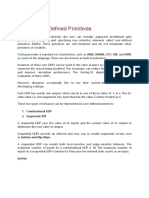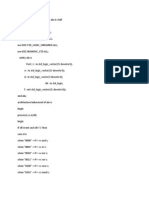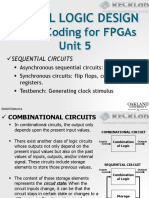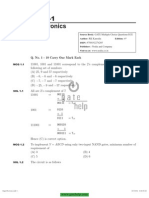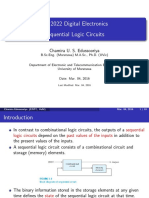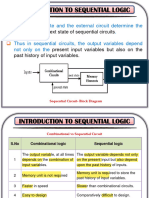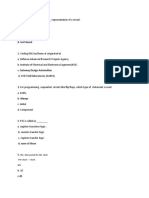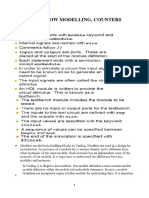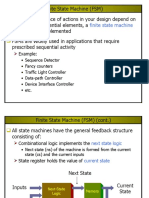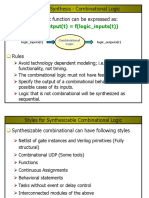0% found this document useful (0 votes)
282 views22 pagesFinite State Machine (FSM) : Example
Uploaded by
vamsikrishna gollapudiCopyright
© © All Rights Reserved
We take content rights seriously. If you suspect this is your content, claim it here.
Available Formats
Download as PPT, PDF, TXT or read online on Scribd
0% found this document useful (0 votes)
282 views22 pagesFinite State Machine (FSM) : Example
Uploaded by
vamsikrishna gollapudiCopyright
© © All Rights Reserved
We take content rights seriously. If you suspect this is your content, claim it here.
Available Formats
Download as PPT, PDF, TXT or read online on Scribd
/ 22








